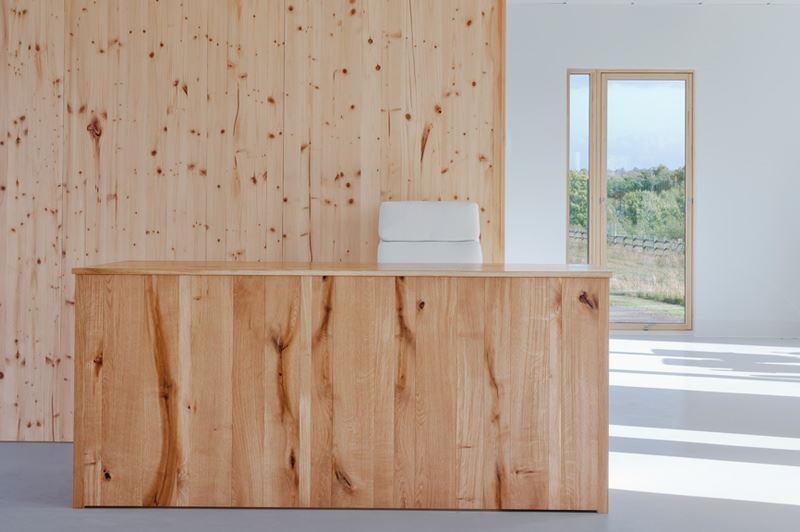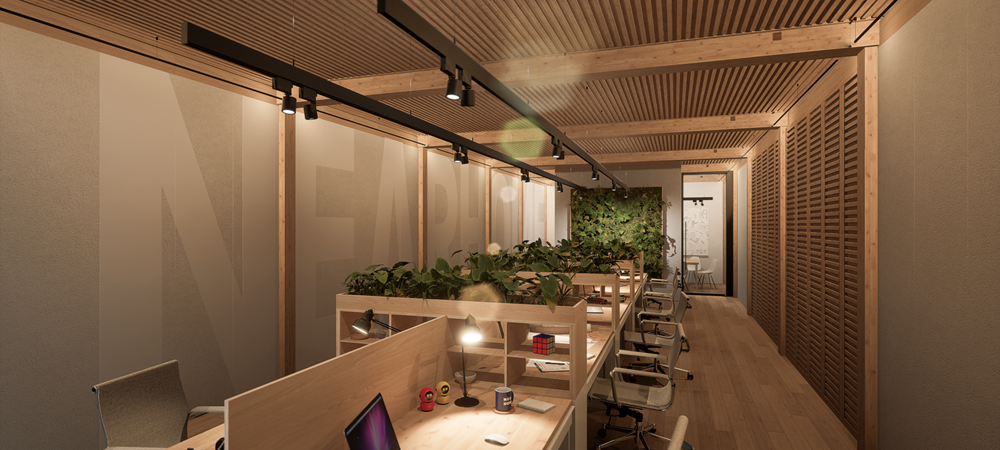Content
Greater adoption of digital technology will be key to achieving zero carbon

Lynsey Brydson, head of digital programmes, Built Environment – Smarter Transformation
Digitisation has the power to unlock huge potential for the built environment. The benefits span many areas, from greater accuracy and efficiencies to health and safety, yet the real value of digital could be in helping the sector to tackle the greatest challenges it has ever faced: transitioning to zero carbon.
Estimates suggest that the built environment accounts for nearly half (47%) of all UK carbon emissions, but at the same time, construction is reported to be one of the fastest-growing industries in terms of spending on research and development. ONS data shows a record £586 million was spent by UK-based construction firms on innovation in 2020, compared to only £14 million in 2010.
With sustainability firmly positioned at the top of the agenda for the sector, we can reasonably predict that the level of spending on innovation and collaborative research will continue to rise, with new digital technologies, processes, and alternative materials offering some of the solutions we need to help transform the carbon footprint of the built environment.
When it comes to digital, however, we already have a range of fantastic tools available at our fingertips – the biggest challenge is boosting the level of adoption. By working together to raise awareness and increase the understanding of tech’s potential, we can encourage people to start using more of these tools and more frequently.
Of course, that might be easier said than done – it is a steep learning curve and we know that it might initially seem overwhelming, particularly for SMEs. The technology isn’t the biggest barrier when it comes to digital, it’s the ability to embrace change, invest in new processes, and learn new systems and skills.
There can also be challenges around interoperability and contractors could be faced with situations where multiple clients are asking them to use different types of technology that perhaps don’t work well with each other. With better levels of awareness and knowledge on both sides, there could be a much more open dialogue when decisions are made about which digital tools to use, ensuring that all parties are getting the most out of a new system in terms of achieving carbon goals, maximising efficiencies and keeping costs down.
Whether it’s robotics, data analysis, digital design, offsite construction or digital skills platforms, there are a range of initiatives and research projects underway – supported by Built Environment – Smarter Transformation – to increase the use of technology across the sector and encourage cultural change.
Combining digital, retrofit and modern methods of construction (MMC), the NearHome project is aiming to transform unused public buildings into environmentally friendly office hubs, reflecting the changing working patterns of a post-Covid world. The concept centres around a digital design that can be optimised to suit different sizes and types of spaces, with a timber-based kit-of-parts adapted for each. The next phase of the project involves the creation of a demonstrator unit.
Supported by the National Transition Training Fund, Built Environment – Smarter Transformation is offering valuable training for people in the construction sector looking to upskill and reskill, assisting the transition to a zero carbon built environment. The programme is primarily being delivered online and includes a carbon accounting module, highlighting the need for environmental data to be calculated for each project, among a number of key areas.
Transforming Timber
The Innovate UK-funded initiative – involving Edinburgh Napier University’s COCIS, ECOSystems Technologies; the University of Edinburgh; SNRG; and BSW Group, the UK’s largest integrated forestry business – recently delivered a zero carbon two-storey prototype home which was displayed during COP26.
The demonstrator unit was built using the UK’s only mass timber vacuum press at the BE-ST factory in Hamilton, which has been fitted with a range of sensors to measure data on temperature, relative humidity, U-values, CO² levels, energy consumption, air permeability, thermal comfort, and acoustic performance, that can be used to compare predicted performance against reality. The project also includes the development of a suite of resources and training materials that will be made available to the wider sector, including the feedback from a digital twin that has been developed alongside the physical prototype.
As part of a project co-funded by the Interreg North Sea Region programme, BE-ST recently conducted three field studies to evaluate the use of passive exoskeleton suits in different construction scenarios that could support zero carbon projects. Initial feedback from those involved has been incredibly positive, covering the overall user experience, comfort, usability, and the impact of stresses or strains on the body, and the suits will now be trialled on a number of ‘live’ pilot sites.
Digital Construction Week
Join us on the DCW main stage on 19th May at 10.45am to hear more from Lynsey Brydson about the role of digital.





